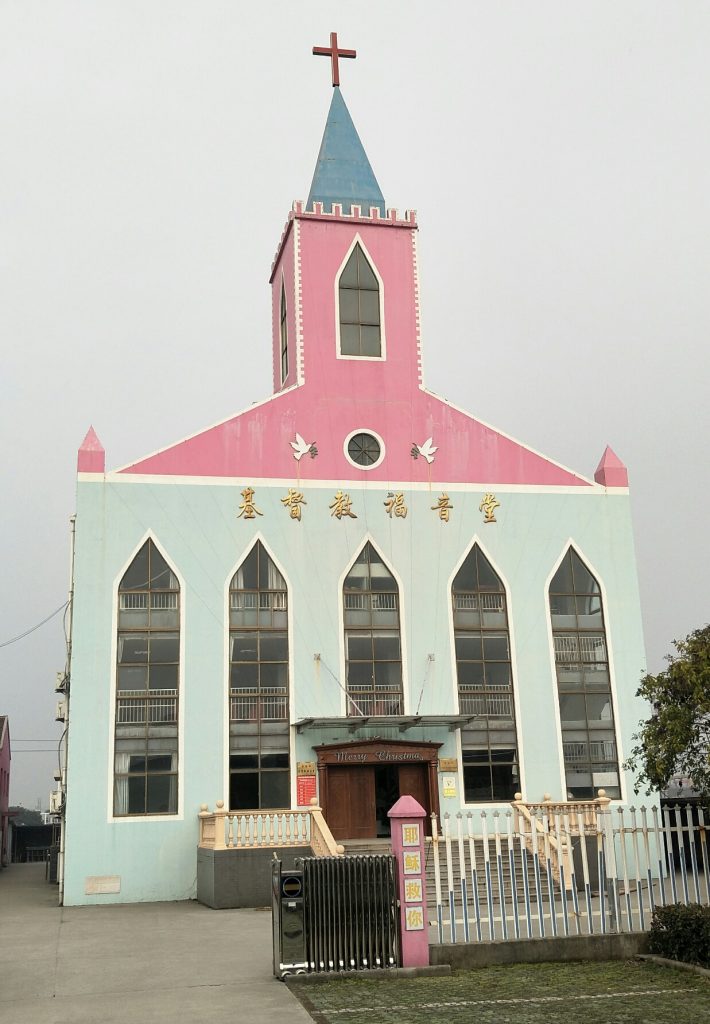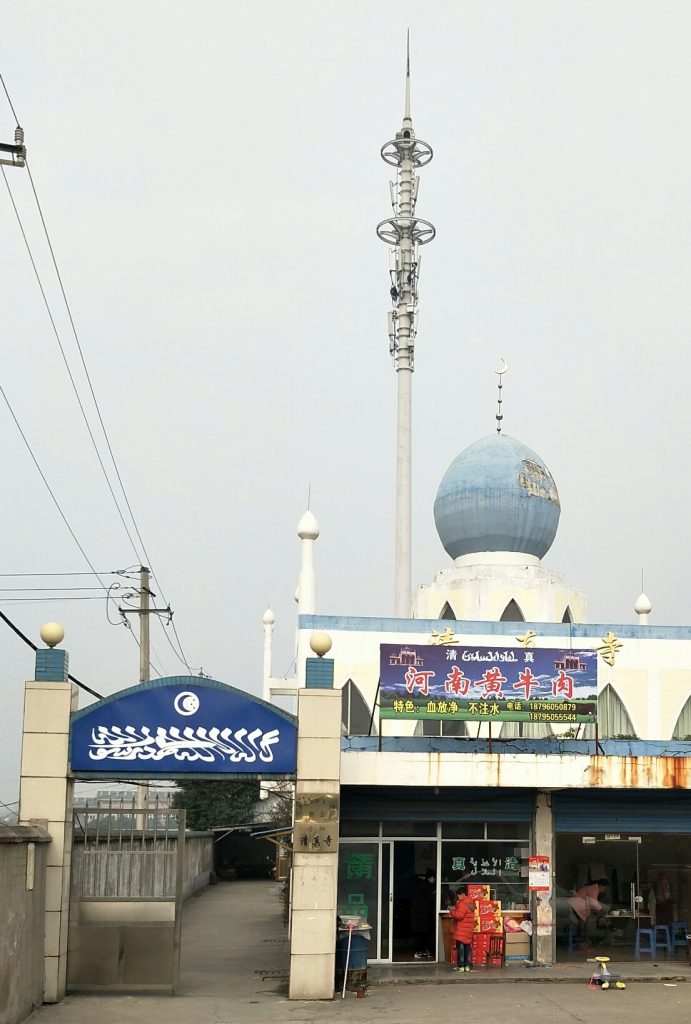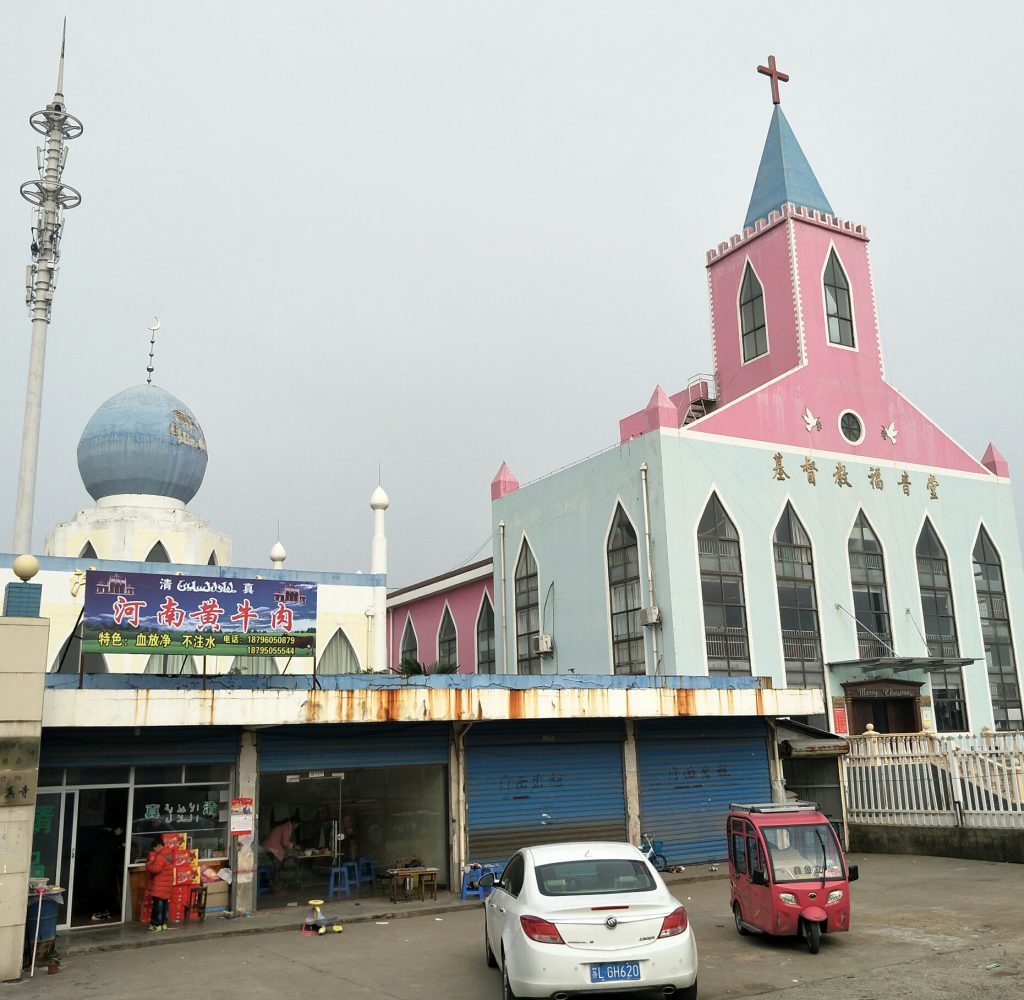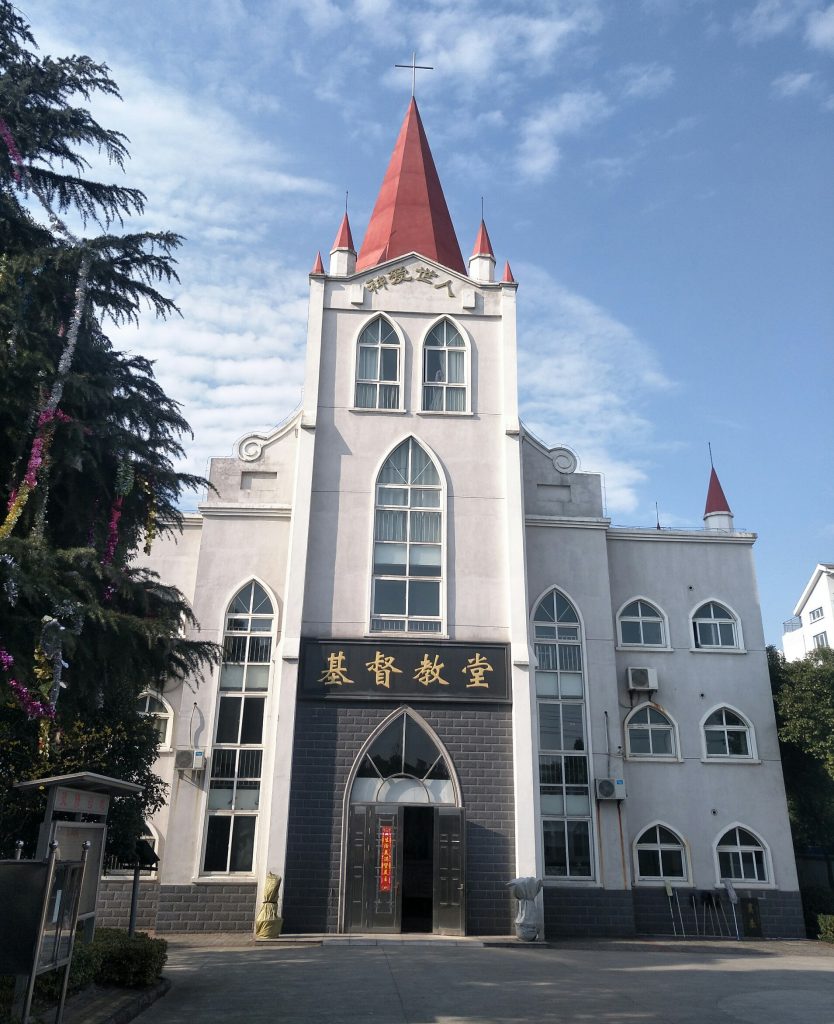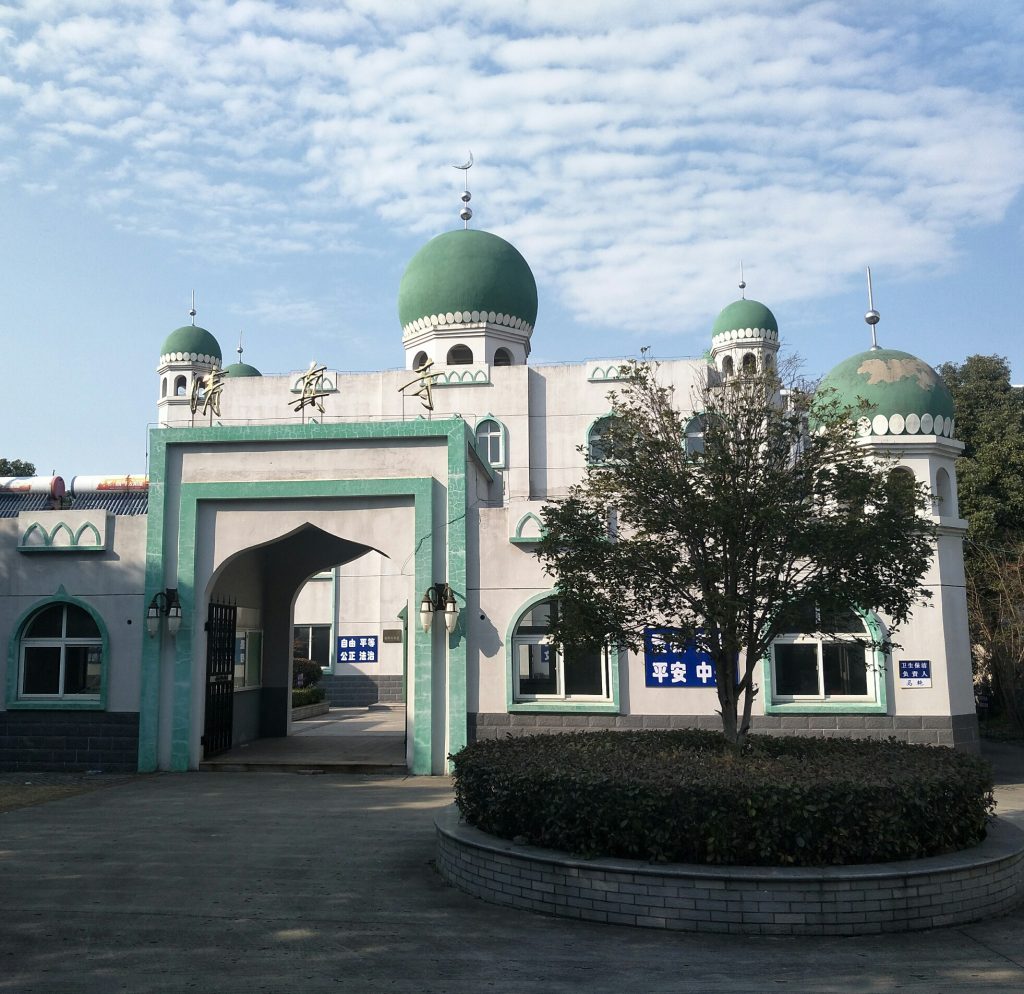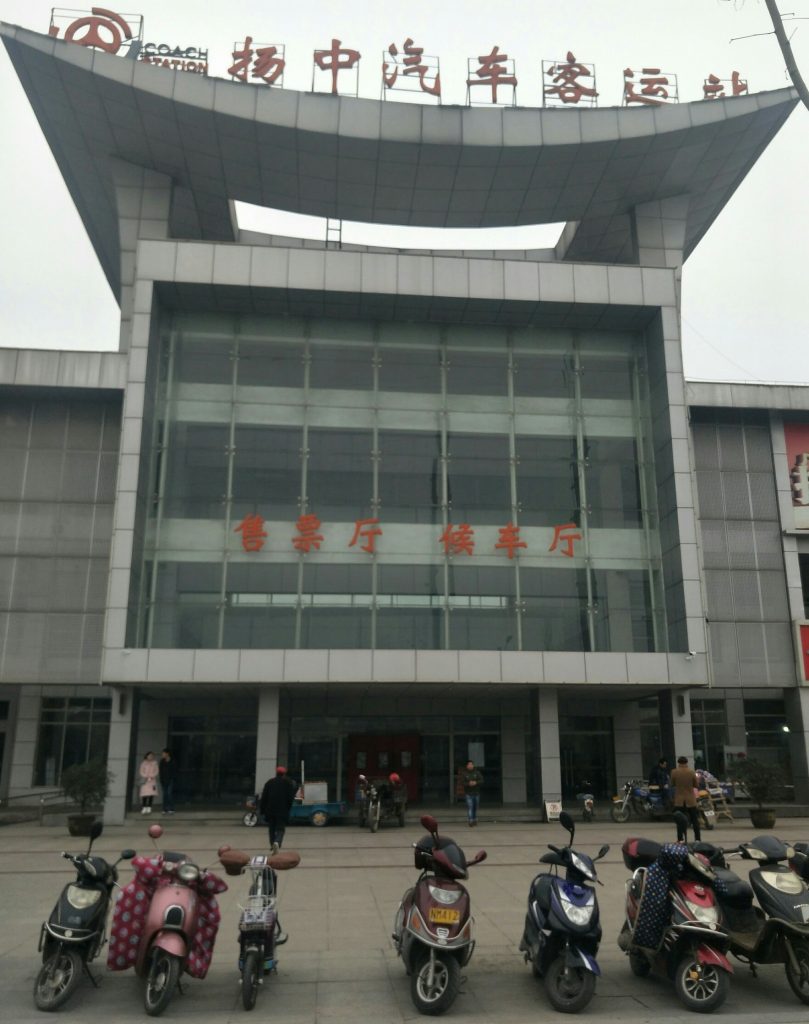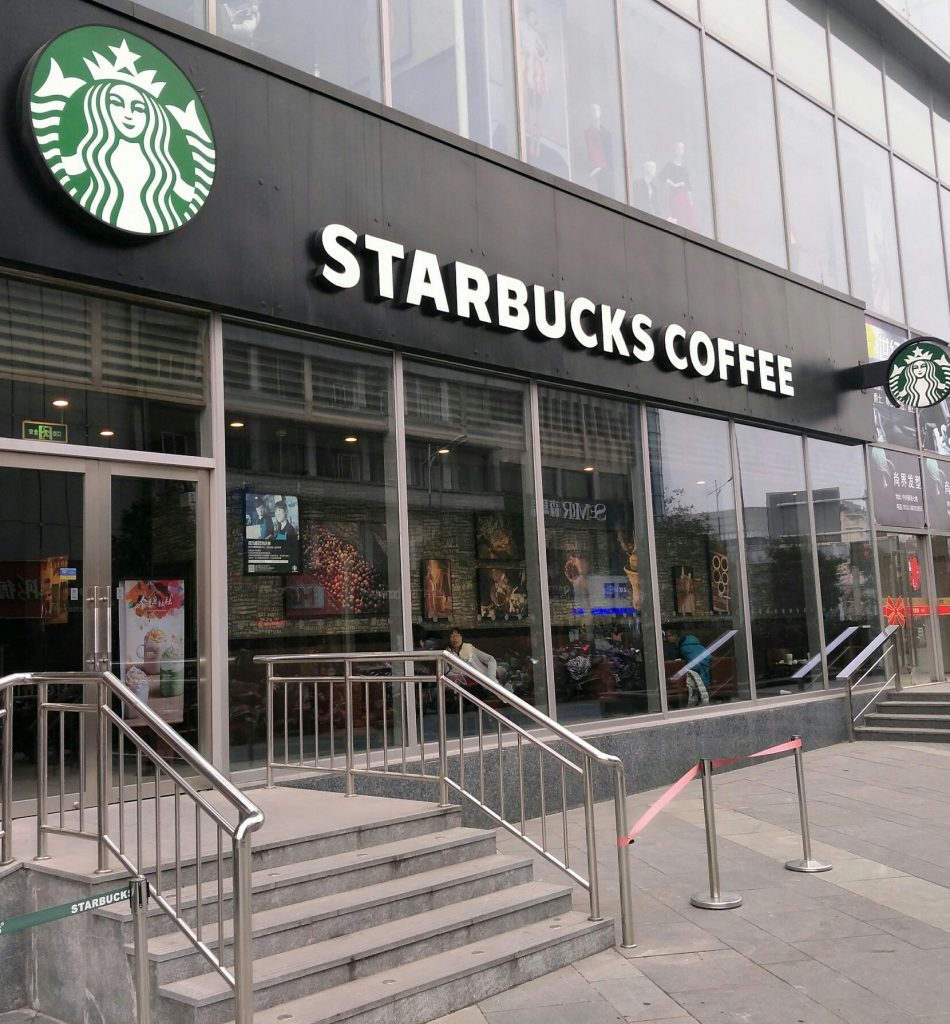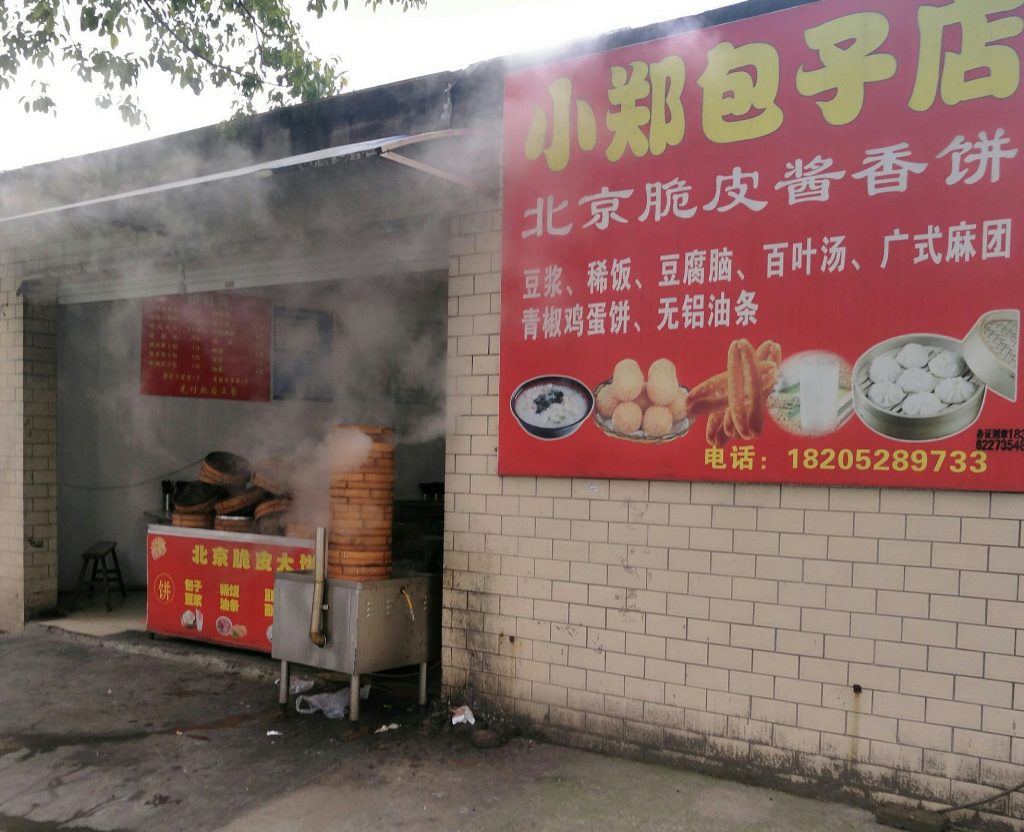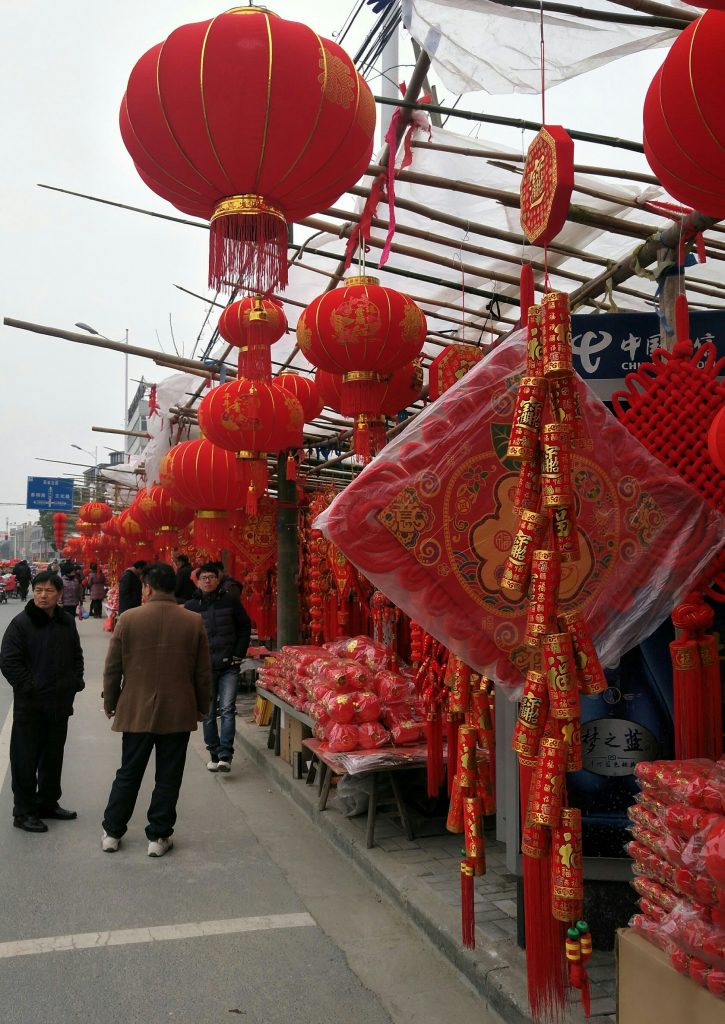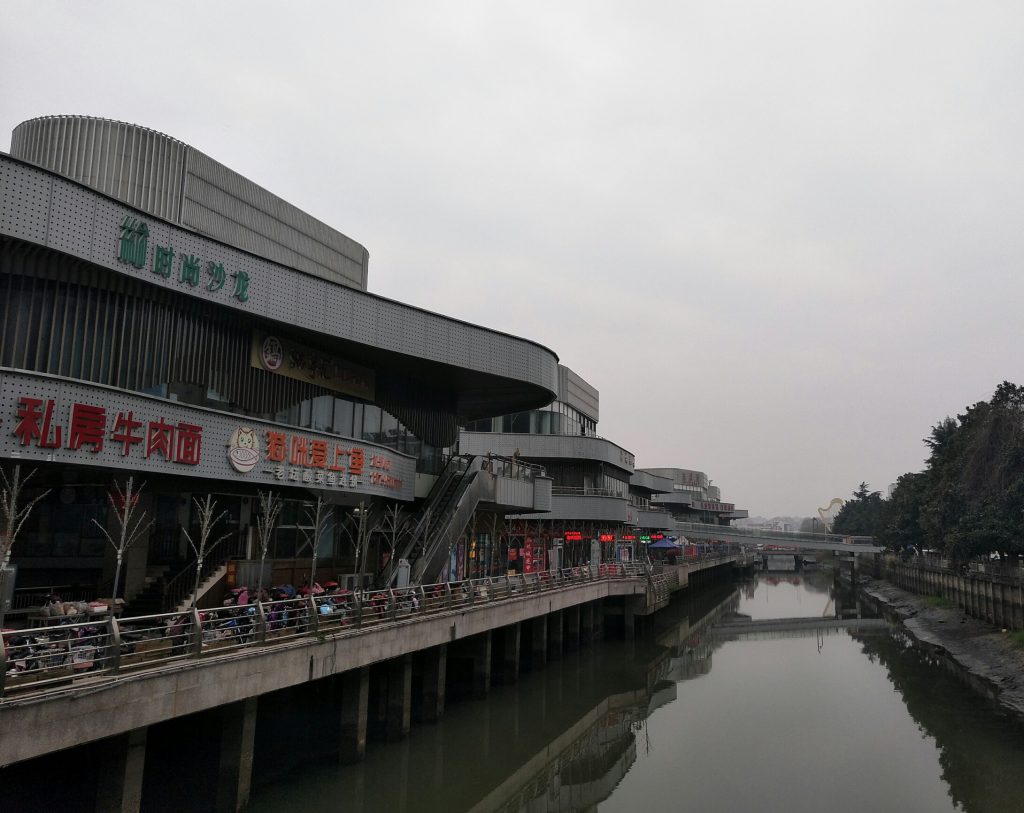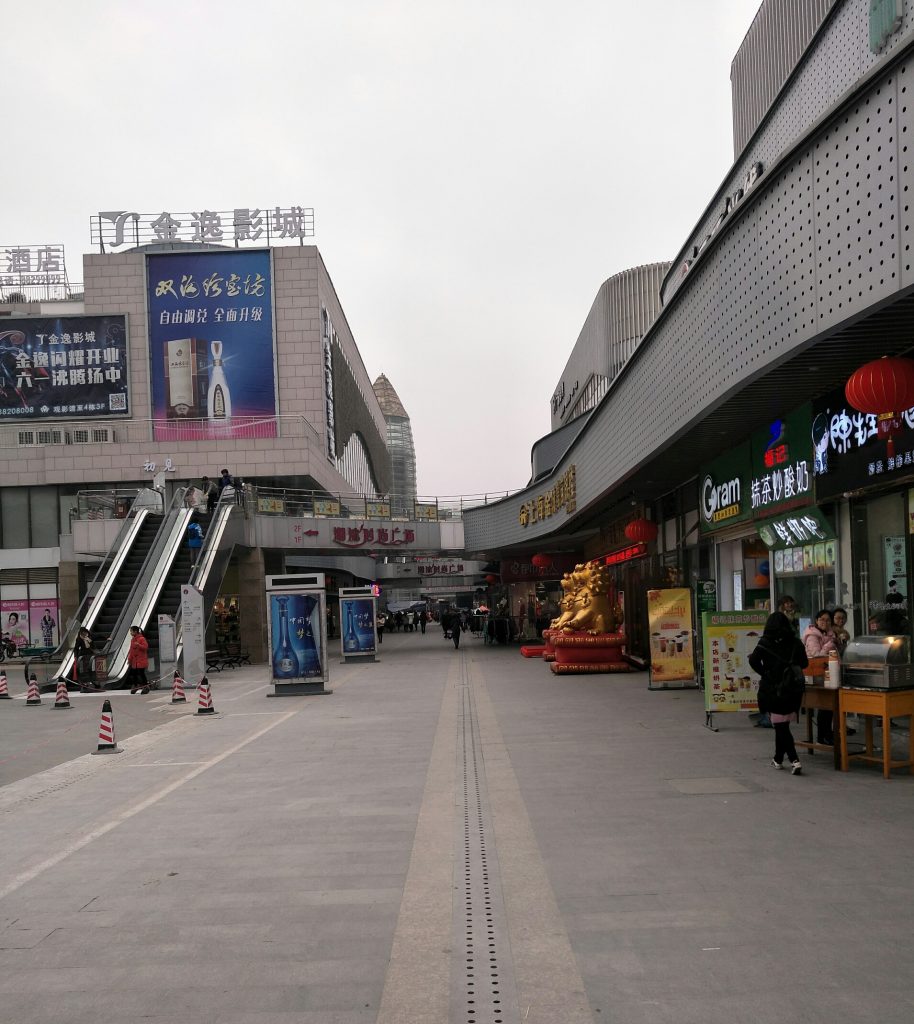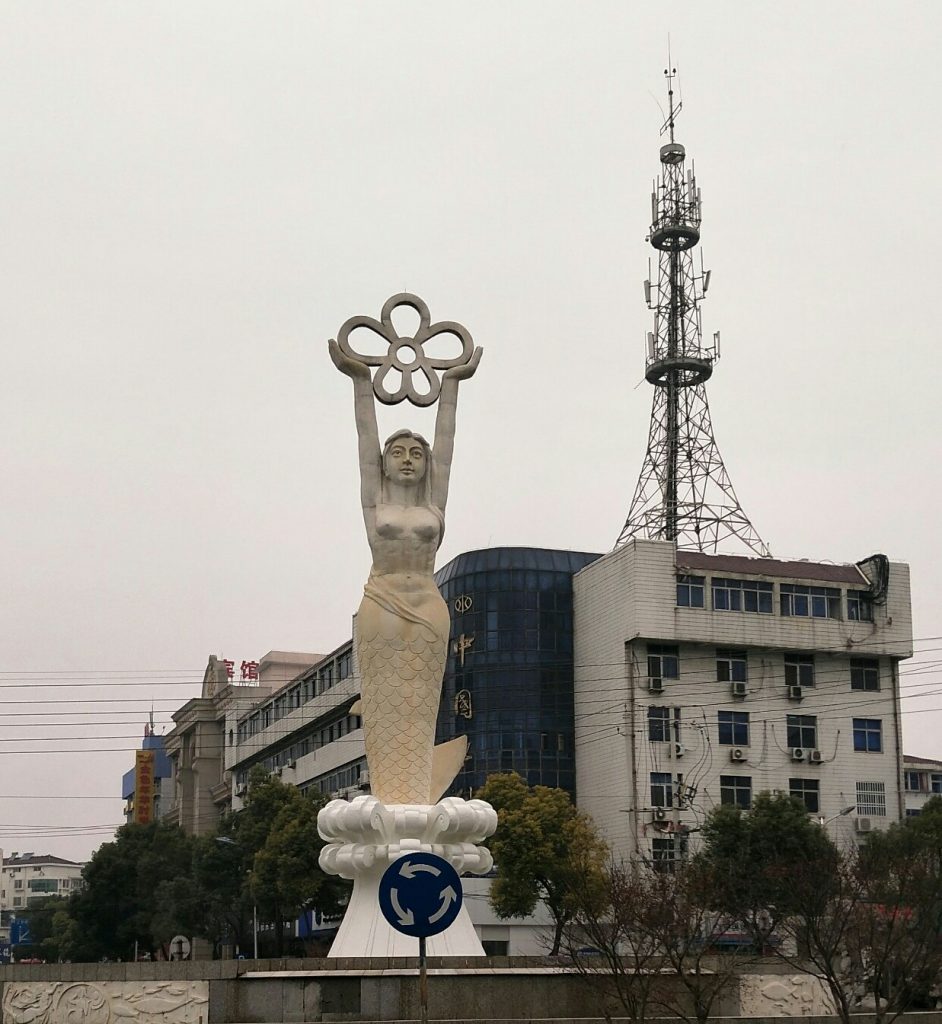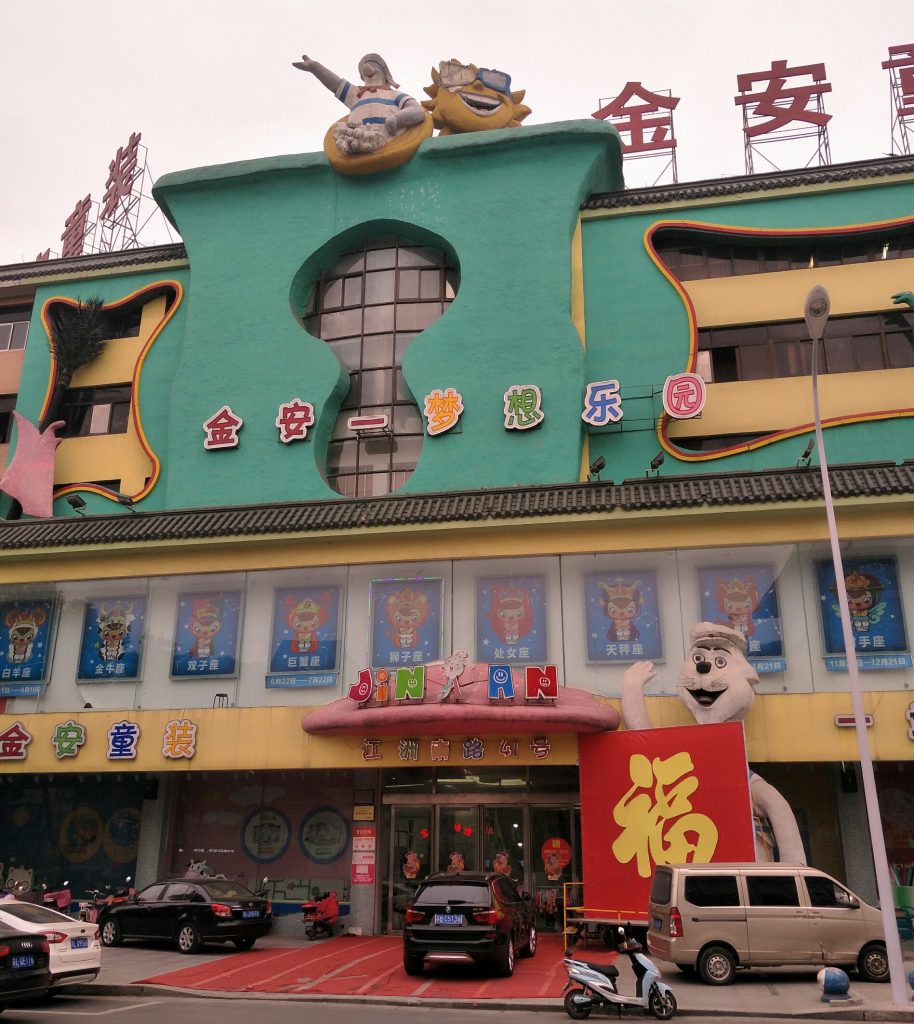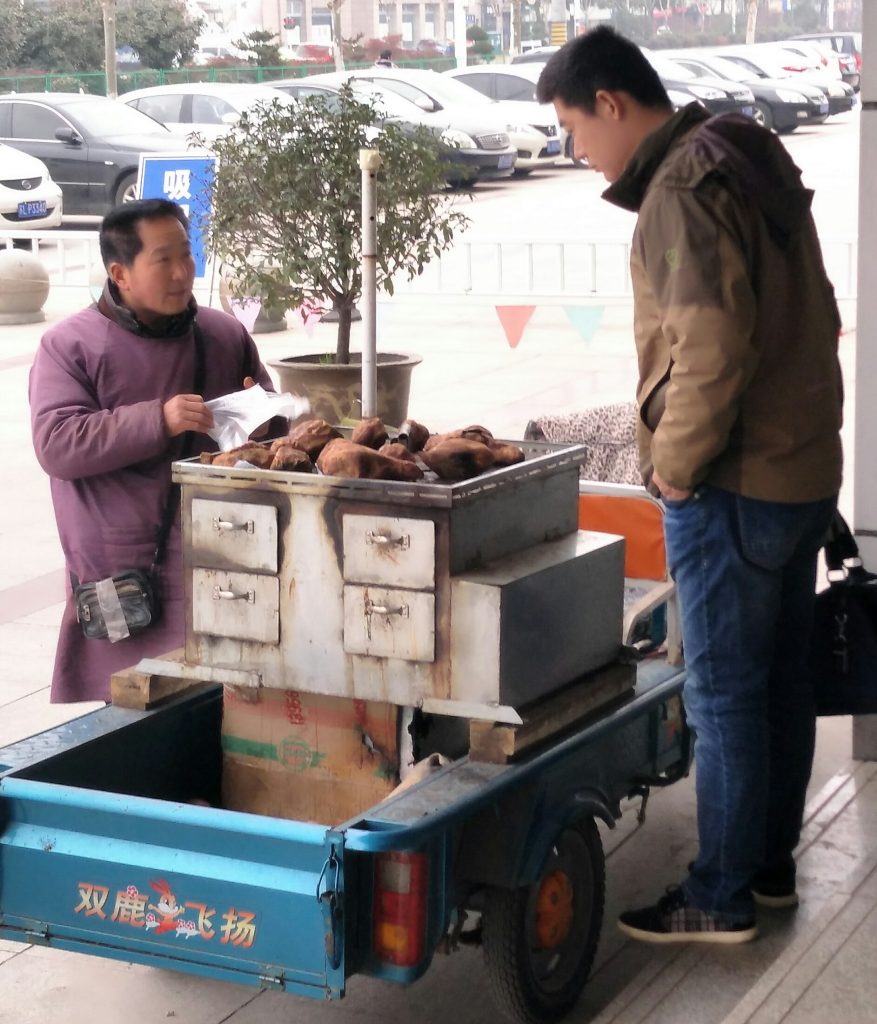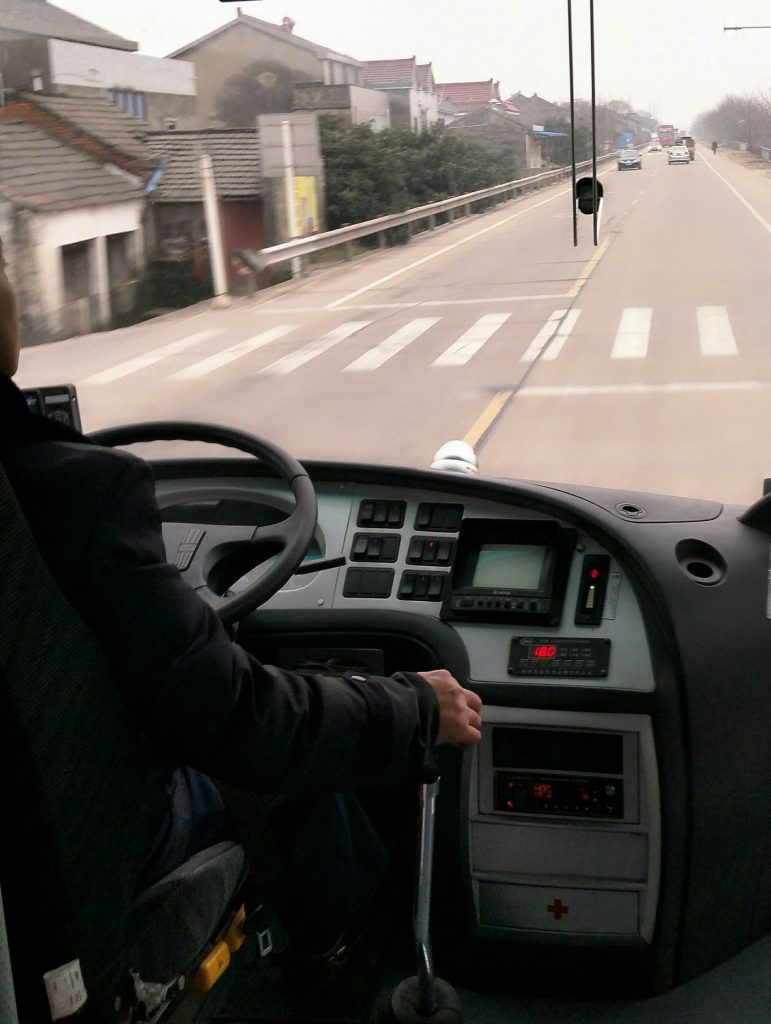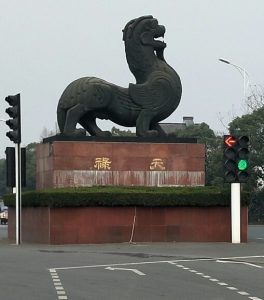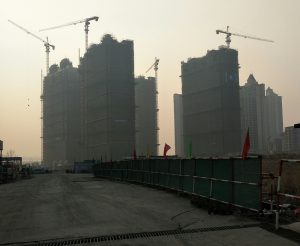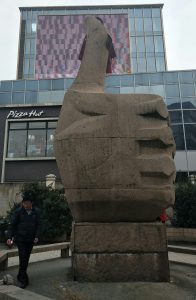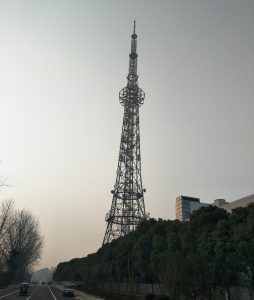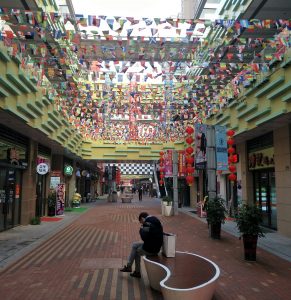Of Zhenjiang’s local specialties, perhaps pot covered noodles 镇江锅盖面 Zhènjiāng guō gài miàn and vinegar are two of the most well known. There is, however, a third: cured pork 肴肉 Yáo ròu. On a recent trip to the city, I had the opportunity to try both. On a menu board, the dish goes by Yao Rou Mian 肴肉面.
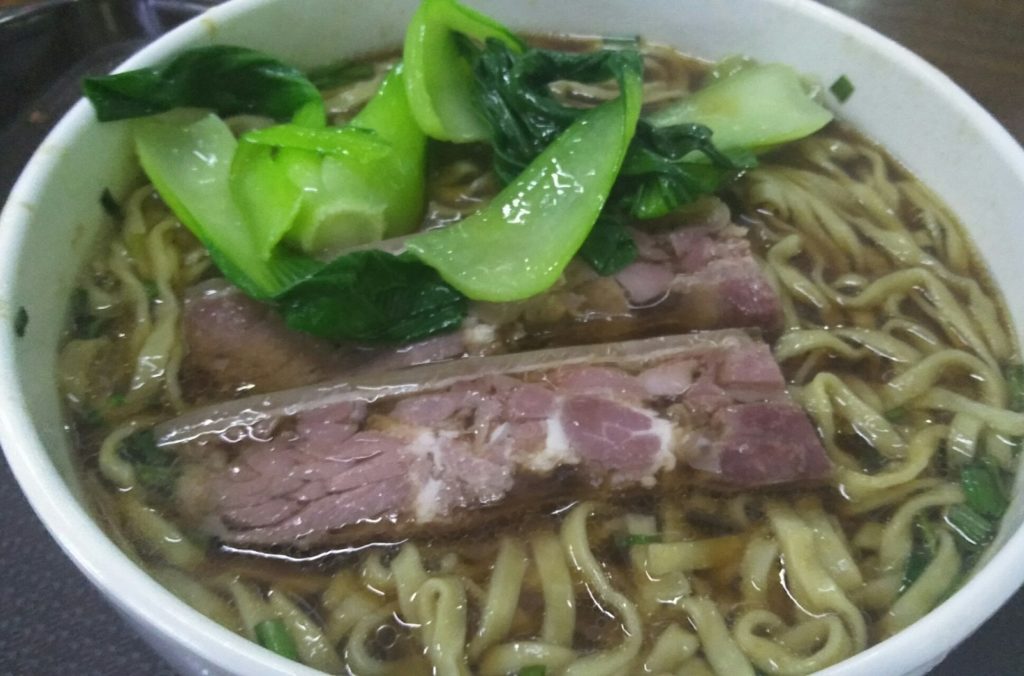
The soup itself has a brown soy-based broth that is quite similar to local noodles in other cities. The main difference is in the preparation. As the above cited English name suggests, the noodles are cooked in a covered pot, and that has an effect on both the noodles’ texture and taste. So how about the meat?
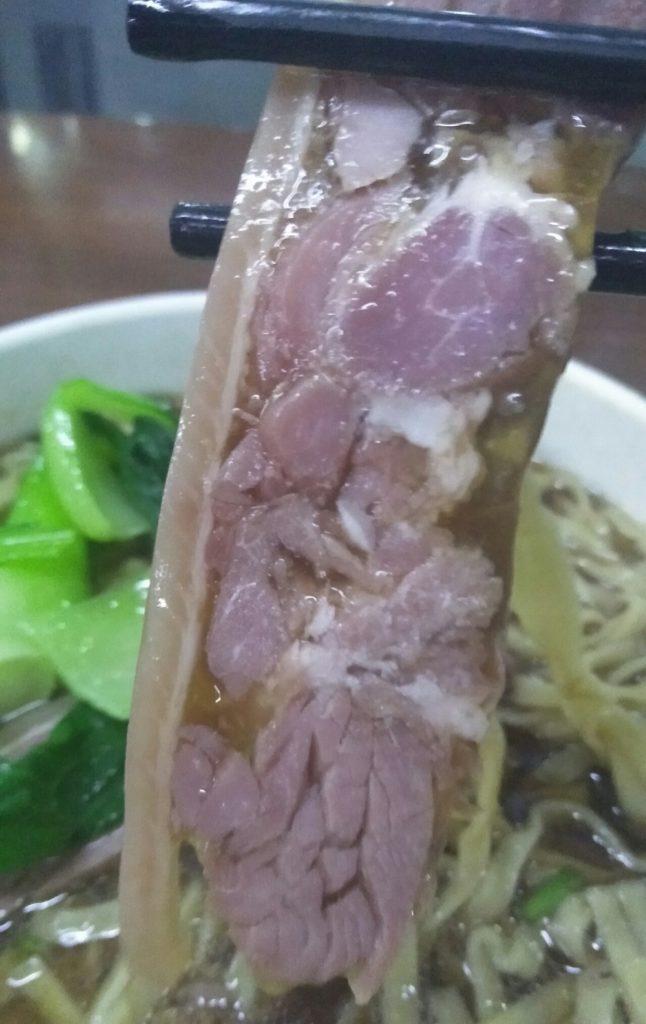
it’s basically cured pork held together with what I gathered was either a gelatin or an aspic. In many respects, it can be taken as a Chinese version of head cheese — although the two evolved independent of each other.

However, I also highly doubt the meat in the Chinese version comes from a pig’s head. The origin story I read involved accidentally using nitrites instead of salt while preparing a pig’s foot. In my noodles, though, I made the mistake eating one of the slices of yao rou immediately. It was cold. However, I quickly discovered that if you submerged it into the warm soup, the gelatin / aspic dissolved.
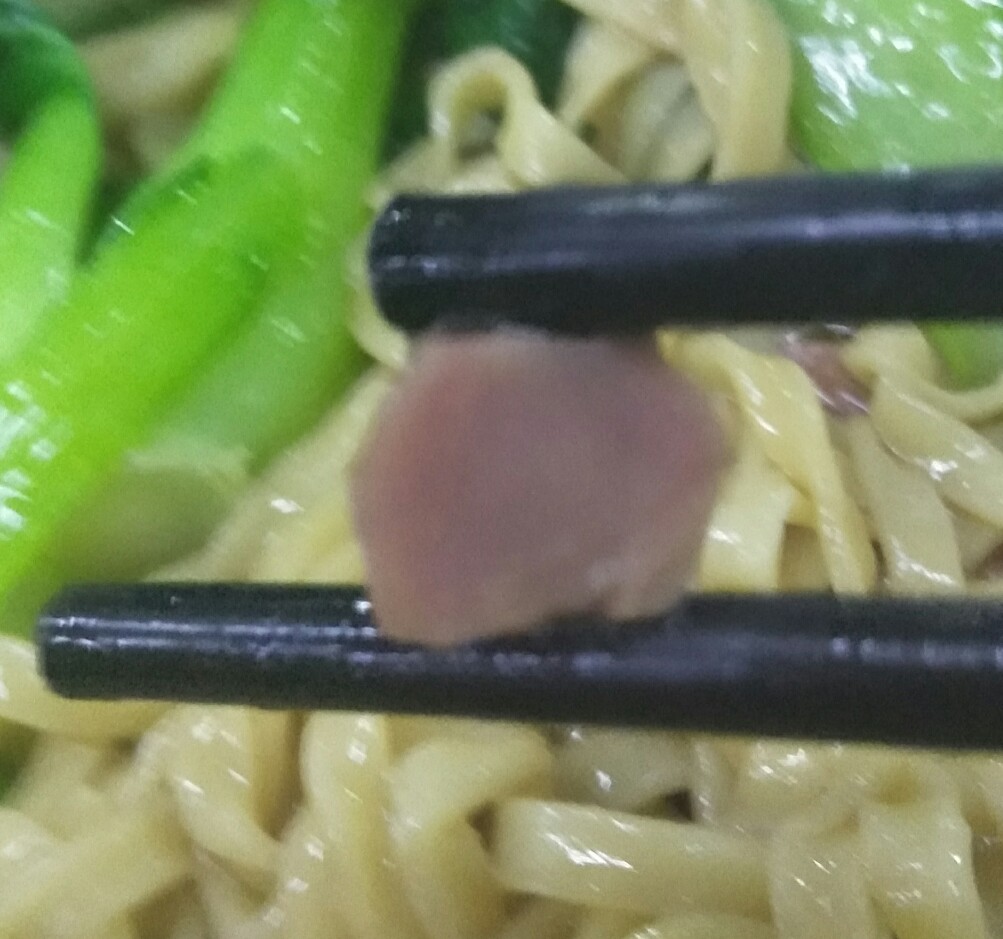
This allowed me evenly distribute the remaining bits throughout my noodles. Once I had done this, I enjoyed my soup a little bit more. The meat had the same tough texture as corned beef, but since it was pork, you could easily say the taste was not the same. A friend likened it to ham, but the yao rou I had didn’t have the saltiness I often associate with ham. All in all, this was a satisfying dish, and I imagine I would have it again the next time I am in Zhenjiang.

